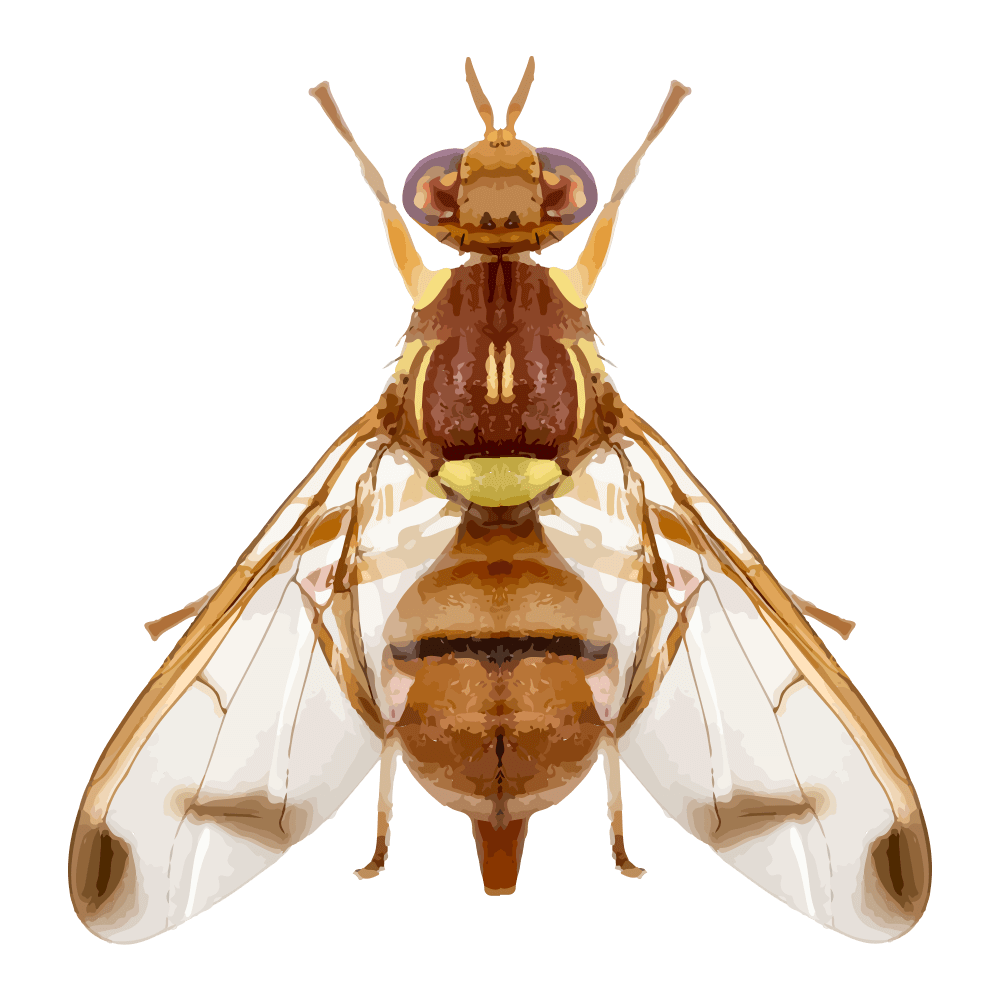


| Latin Name | Bactrocera cucurbitae |
| Common Name | Melon fly |
| Biology | Adults exhibit diurnal activity, ovipositing within cucurbit fruits such as cucumbers and bitter melons. Larvae bore into the fruit tissues, inducing deformities and rot that culminate in premature fruit drop – a devastating quarantine pest for cucurbit crops. |
| Damage | This pest primarily damages cucumbers, bitter melons, loofahs, pumpkins and other melon vegetables. |
| Distribution Regions | Global cucurbit-growing regions |
| Monitoring | Pheromone lures mimic natural sex pheromones to attract male insects into specialized traps for population monitoring and suppression. As a core IPM component, monitoring enables early risk detection and targeted control. Mass trapping reduces mating opportunities to curb offspring populations. Protocols: ●Use only with matched traps. ●15-45 traps/hectare,replace/replenish every 4-6 weeks. ●Wear gloves or wash hands with detergent when switching lure types. ●Refer to trap-specific hanging instructions. |
| Recommended Traps | Fruit Fly Trap |

Comparta su información de contacto para recibir soluciones de feromonas de precisión. En caso de que nuestra cartera existente no se adapte de forma óptima, nuestro equipo de química sintética iniciará el desarrollo personalizado, desde el diseño de la estructura molecular hasta la producción a escala.